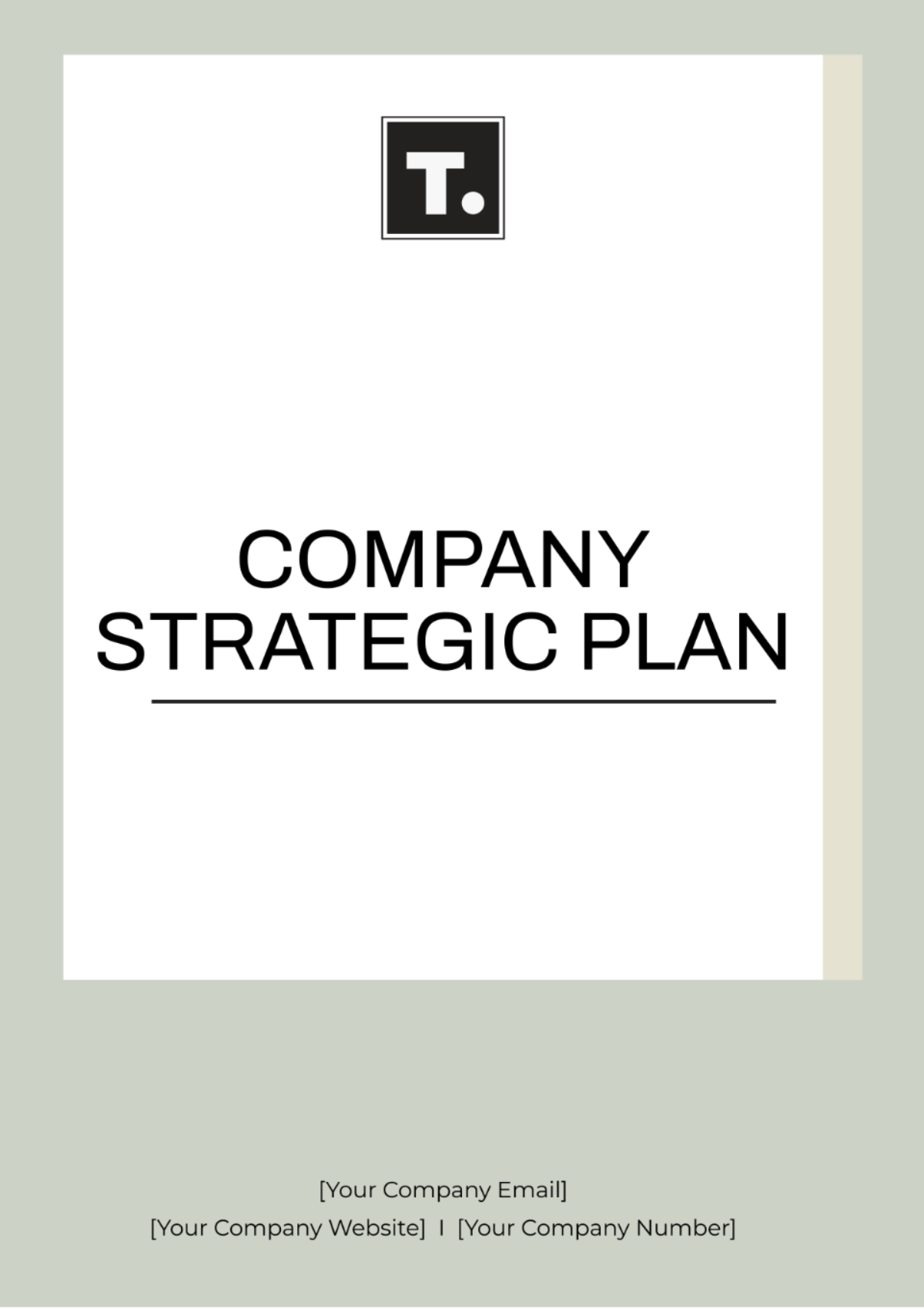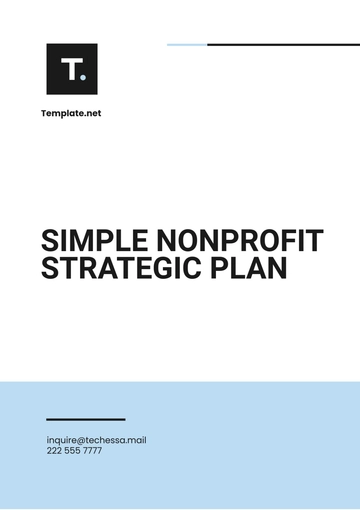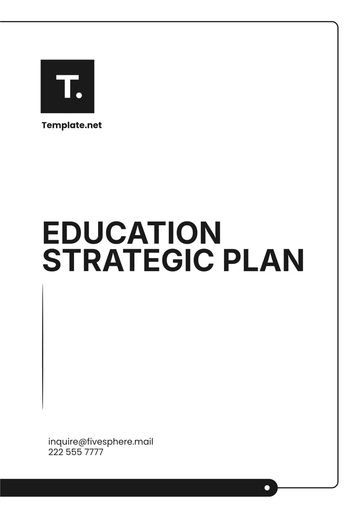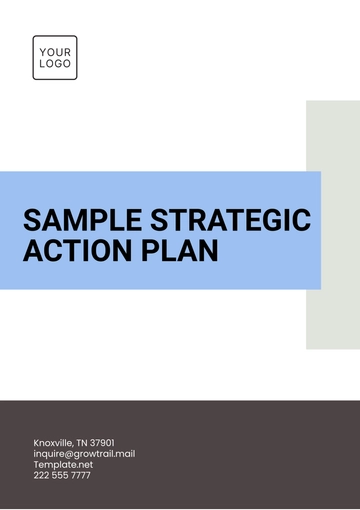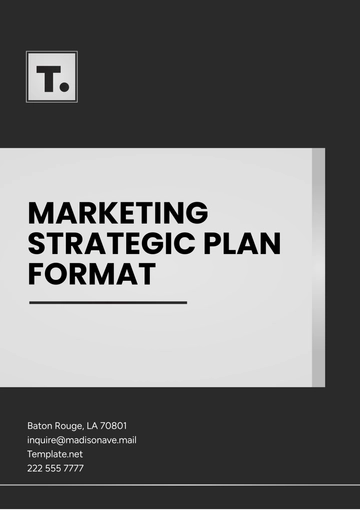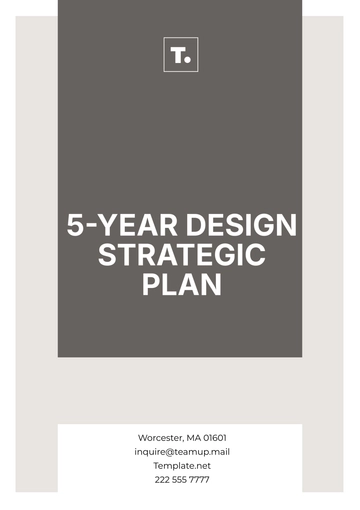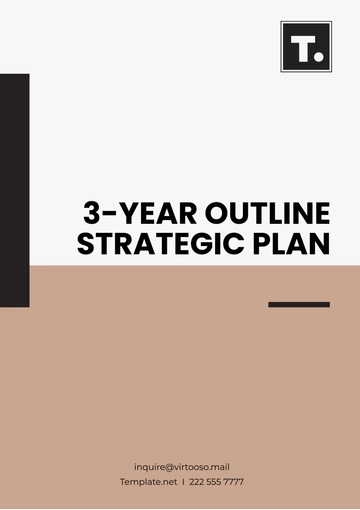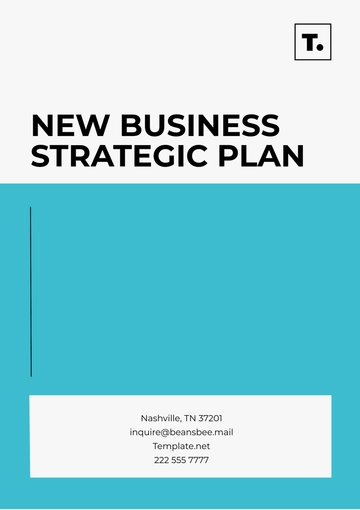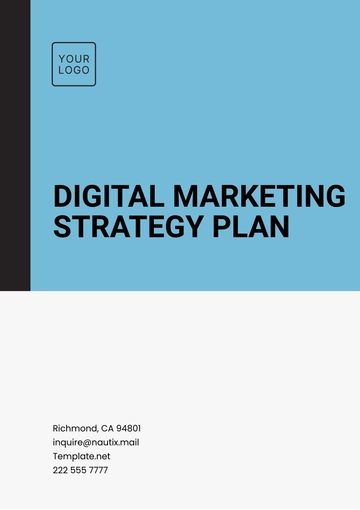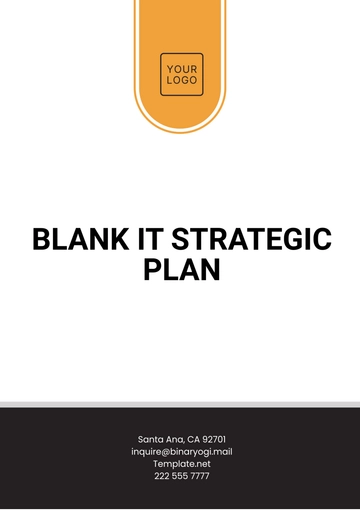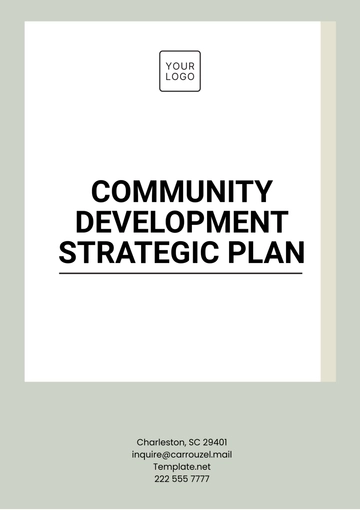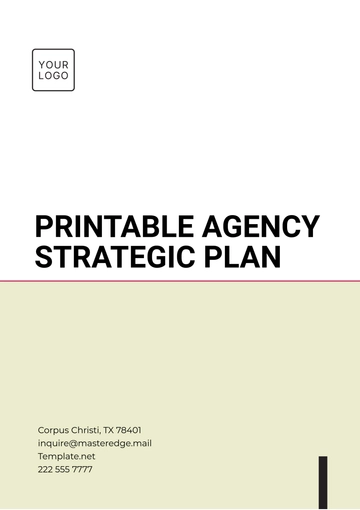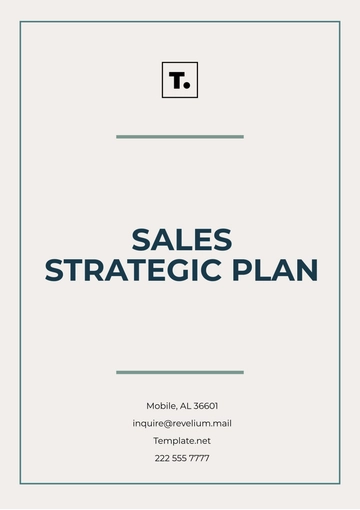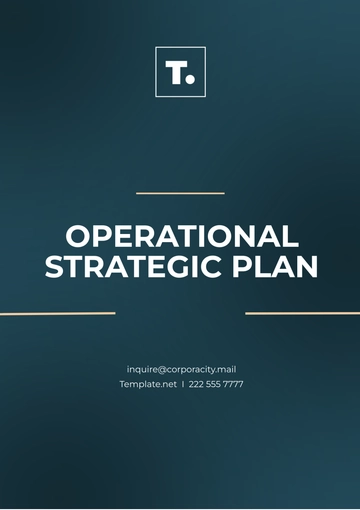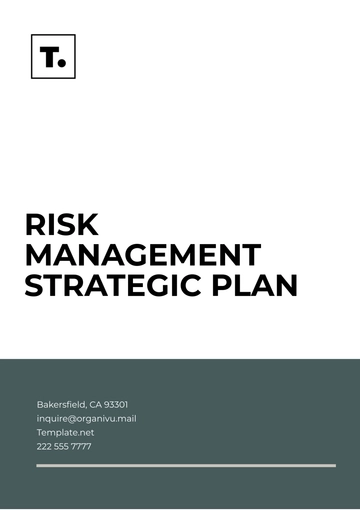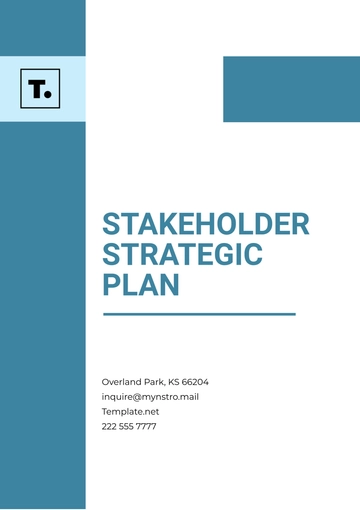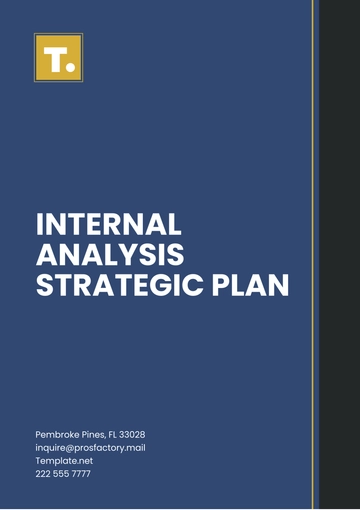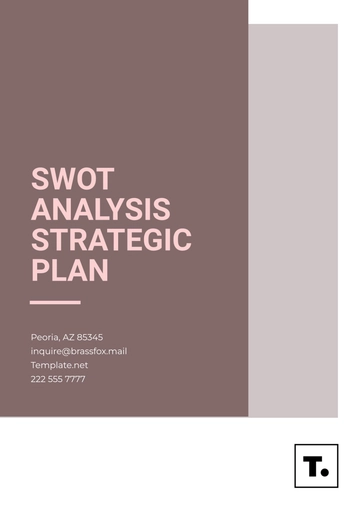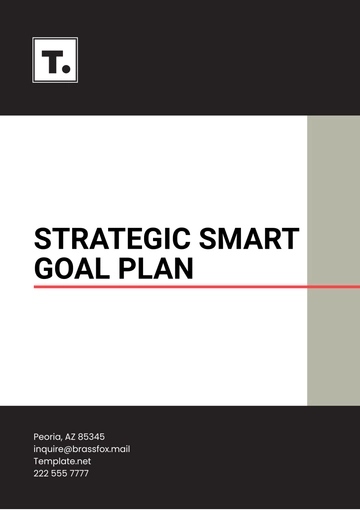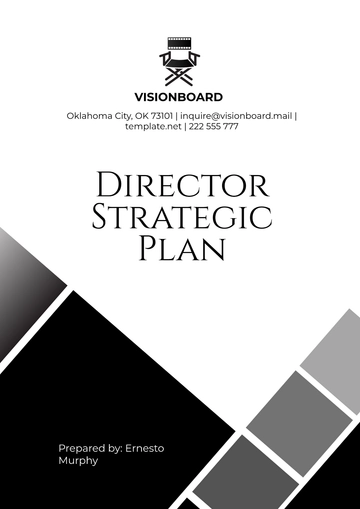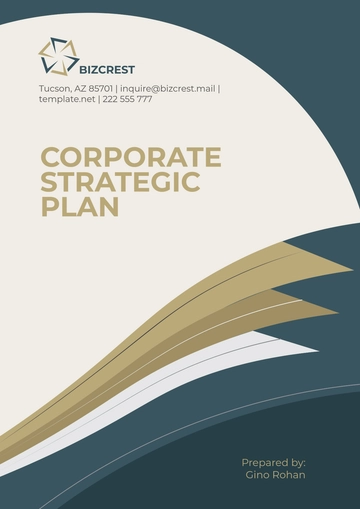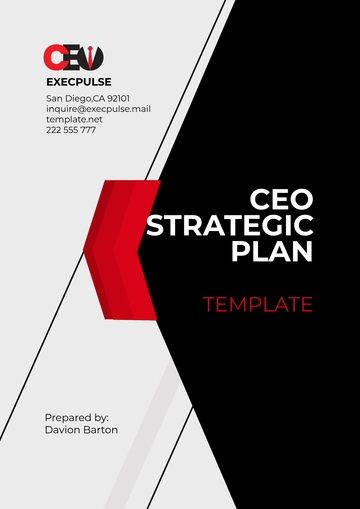Company Strategic Plan
Company: | Department: | Prepared by: |
|---|
[YOUR COMPANY NAME] | [YOUR DEPARTMENT] | [YOUR NAME] |
I. Executive Summary
The Executive Summary provides a concise overview of the company's strategic direction, highlighting key objectives and initiatives. In the next three years, [YOUR COMPANY NAME] aims to expand its market presence, increase revenue by 20%, and enhance customer satisfaction through improved product offerings and customer service.
II. Company Overview
A. Mission Statement
Our mission is to deliver high-quality products that improve the lives of our customers and contribute to a sustainable future.
B. Vision Statement
Our vision is to be a market leader in innovation, customer service, and corporate responsibility.
C. Values
Integrity: We act with honesty and integrity in all our dealings.
Excellence: We strive for excellence in everything we do.
Innovation: We foster a culture of innovation and continuous improvement.
D. Core Competencies
Our core competencies include product design, manufacturing expertise, and customer service excellence.
III. Environmental Analysis
A. SWOT Analysis
Strengths | Weaknesses | Opportunities | Threats |
|---|
Strong brand reputation | Limited market share | Growing market demand | Intense competition |
Loyal customer base | Reliance on few key suppliers | Expansion into new markets | Economic downturns |
B. PESTLE Analysis
Factor | Impact | Implications |
|---|
Political | Stable political environment | Supports business growth |
Economic | Economic growth | Opportunities for expansion |
Social | Changing consumer preferences | Impact on product demand |
Technological | Rapid technological advancements | Need for ongoing innovation |
Legal | Compliance with regulations | Crucial for business operations |
Environmental | Increasing focus on sustainability | Influences product development |
IV. Strategic Goals and Objectives
A. Financial Goals
B. Market Goals
C. Operational Goals
D. Innovation Goals
V. Strategies and Initiatives
A. Growth Strategies
B. Marketing Strategies
C. Operational Strategies
D. Innovation Strategies
VI. Implementation Plan
A. Action Plan
B. Resource Allocation
Allocate financial, human, and technological resources based on the priority and impact of each initiative.
Monitor resource usage and adjust allocations as needed.
C. Key Performance Indicators (KPIs)
VII. Monitoring and Evaluation
A. Performance Monitoring
B. Evaluation Criteria
C. Review and Adaptation
Review the strategic plan annually to ensure it remains relevant and aligned with business objectives.
Adapt strategies based on changing market conditions, customer feedback, and internal capabilities.
VIII. Risk Management
A. Risk Identification
Identify potential risks related to market conditions, competition, regulatory changes, etc.
Conduct risk assessments to prioritize risks based on likelihood and impact.
B. Risk Mitigation Strategies
C. Contingency Planning
IX. Communication Plan
A. Stakeholder Engagement
Identify key stakeholders, including employees, customers, investors, and suppliers.
Tailor communication messages to address the needs and concerns of each stakeholder group.
B. Communication Channels
Use a mix of communication channels, including meetings, newsletters, and social media, to reach stakeholders.
Ensure communication is timely, clear, and consistent across all channels.
C. Transparency and Accountability
X. Conclusion
By implementing the strategies outlined in this plan, [YOUR COMPANY NAME] aims to strengthen its position in the market, drive growth, and create value for its stakeholders.
Plan Templates @ Template.net
